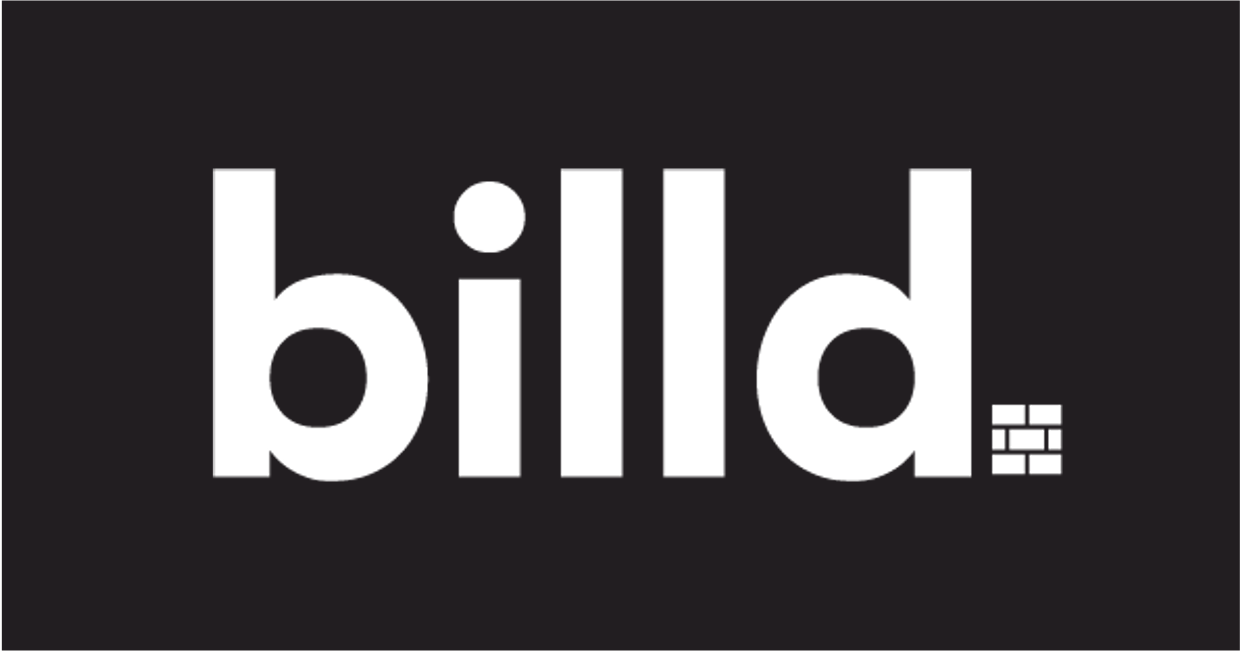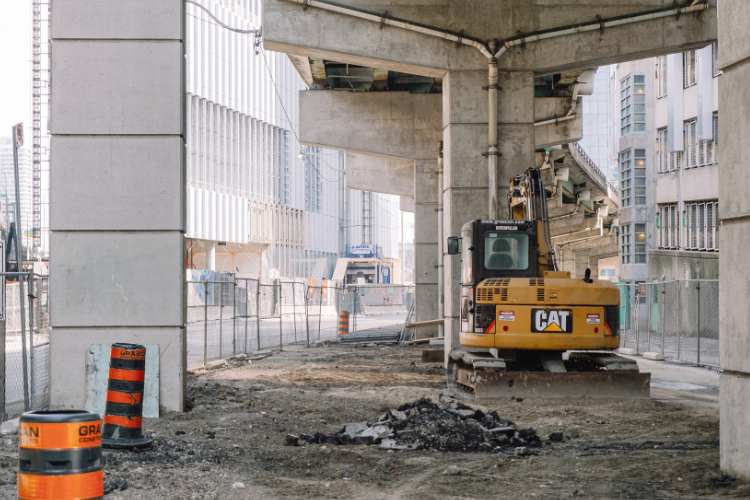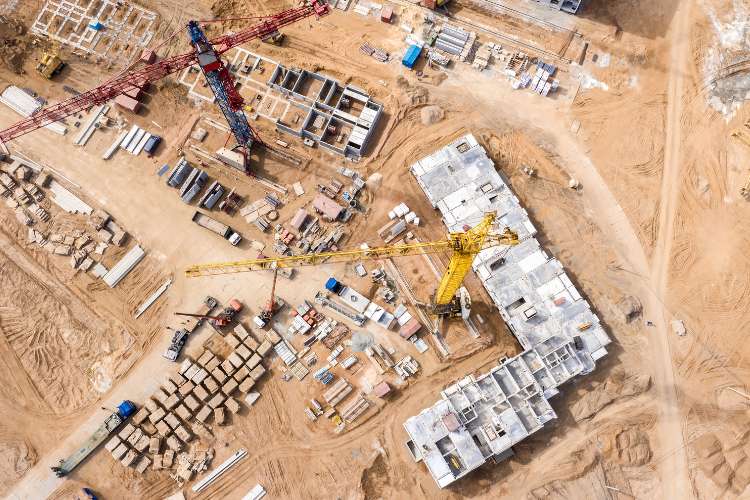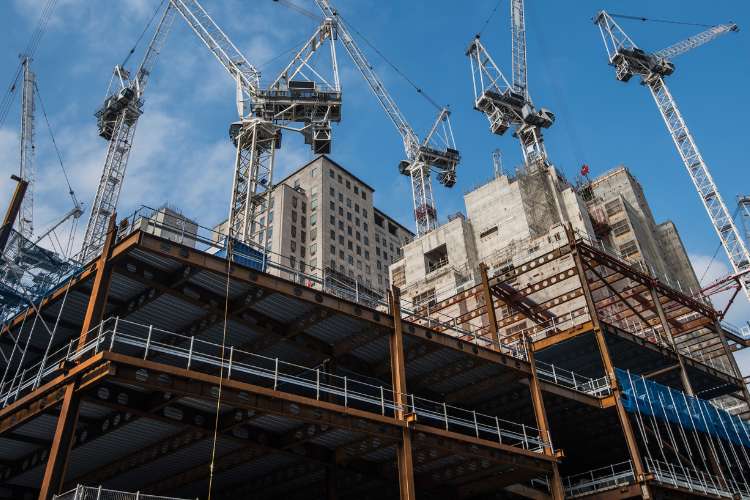In construction, the funding gap is the financial deficit between the amount of expenses subcontractors need to cover, and how much capital they have at their disposal between readily available working capital and cash from their projects. The funding gap is a natural byproduct of the way payments work in the construction industry, and something subcontractors of all sizes, from $10M in revenue to $100M in revenue, must manage.
Subs have to cover large project expenses before their first payment comes due. Even after that first invoice is sent, it takes subs an average of 56 days to see payment. Although general contractors own the processes that contribute to these slow payments, they expect subs to carry on with their work without delay and keep operations running smoothly with enough working capital to cover costs until payment arrives.
When subcontractors are unable to cover this funding gap, they not only risk putting project operations at risk, but they could also be forced to slow pay their own invoices, picking and choosing which invoices to pay on time—something 35% of subcontractors report doing. Slow paying invoices can strain relationships with suppliers or even lead to a higher unit costs.
In order to bridge the gap, subcontractors need a variety of working capital options so they have enough capacity to cover expenses while waiting for payment.
This article will discuss how subcontractors can cover funding gaps they encounter, and the best ways to maintain healthy cash flow.
Closing the Funding Gap: What Successful Companies Do Differently
To overcome the challenges associated with this funding gap, subs need to work proactively to create a solid capital strategy—before they encounter a cash crunch—by having a working capital portfolio with the diversity and capacity to manage the natural ebbs and flows that come on construction projects.
Building a Strategy to Overcome Funding Gaps
A capital strategy for subcontractors entails more than relying on cash and bank lines of credit to cover expenses. A strong capital strategy has diversity in working capital options, including cash, bank lines of credit, credit cards, construction-specific financing, and other funding sources. This kind of diversity isn’t something subcontractors can build overnight, so it’s a best practice for subcontractors to secure additional forms of working capital before they need them. Proactively securing more capital before you need it can help you overcome funding gaps and allows you to take advantage of unexpected opportunities—plus you may be able to negotiate better rates and terms when upfront payments are an option.
Additionally, each working capital option has its own characteristics that subcontractors can use in specific situations. For instance, subcontractors can use less-flexible options like supplier terms or material financing to purchase materials, leaving their more flexible options like cash readily available for opportunities.
Diversity among working capital options also contributes to the overall capacity available to a subcontracting business at any time. Supplier terms, construction-specific financing, bank lines of credit, credit cards, and cash combined will offer subcontractors more capacity than cash and bank lines of credit alone, and this larger capacity will help subcontractors overcome funding gaps while waiting for payments.
Filling the Funding Gaps
Funding gaps are a reality of doing business in the construction industry. Subs need to actively and strategically establish ways to keep operations running smoothly in order to maintain project progress and financial health and attain their growth goals—even in the face of slow pay.
Proactively building a capital strategy by securing a diverse selection of working capital options can help subcontractors maintain adequate cash flow to cover expenses. For advice on how to overcome funding gaps and build a strong capital strategy, download our Working Capital Toolkit.






